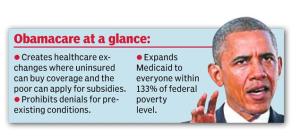Top 10 Tips to Know if You Get a Letter from the IRS
The IRS mails millions of notices and letters to taxpayers each year. There are a variety of reasons why we might send you a notice. Here are the top 10 tips to know in case you get one.
1. Don’t panic. You often can take care of a notice simply by responding to it.
2. An IRS notice typically will be about your federal tax return or tax account. It will be about a specific issue, such as changes to your account. It may ask you for more information. It could also explain that you owe tax and that you need to pay the amount that is due.
3. Each notice has specific instructions, so read it carefully. It will tell you what you need to do.
4. You may get a notice that states the IRS has made a change or correction to your tax return. If you do, review the information and compare it with your original return.
5. If you agree with the notice, you usually don’t need to reply unless it gives you other instructions or you need to make a payment.
6. If you do not agree with the notice, it’s important for you to respond. You should write a letter to explain why you disagree. Include any information and documents you want the IRS to consider. Mail your reply with the bottom tear-off portion of the notice. Send it to the address shown in the upper left-hand corner of the notice. Allow at least 30 days for a response.
7. You won’t need to call the IRS or visit an IRS office for most notices. If you do have questions, call the phone number in the upper right-hand corner of the notice. Have a copy of your tax return and the notice with you when you call. This will help the IRS answer your questions.
8. Always keep copies of any notices you receive with your other tax records.
9. Be alert for tax scams. The IRS sends letters and notices by mail. The IRS does not contact people by email or social media to ask for personal or financial information.
10. For more on this topic visit IRS.gov. Click on the link ‘Responding to a Notice’ at the bottom left of the home page. Also, see Publication 594, The IRS Collection Process. You can get it on IRS.gov/forms at any time.

